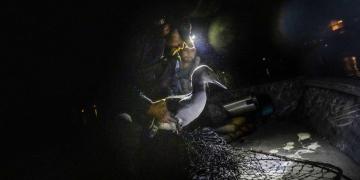Combining a variety of donation options and marketing strategies to promote contributions
Using funds to improve the living conditions of vulnerable populations while promoting tree planting and ongoing maintenance in an integrated way
Multi-stakeholder partnerships for effective campaign design and gender-responsive implementation
Innovative tools for monitoring tree planting and maintenance
